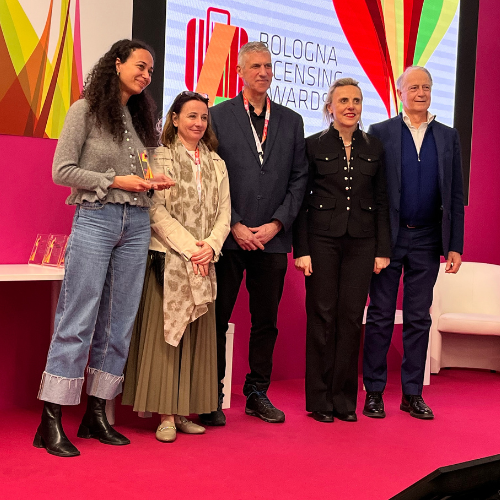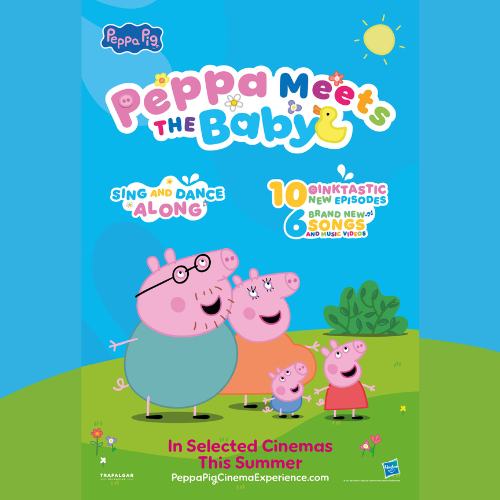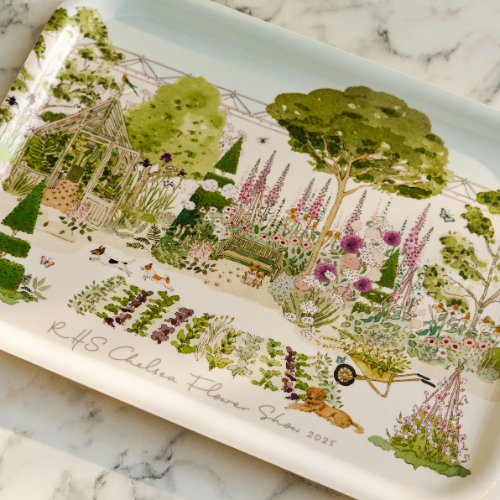How the retailer is taking strides into licensing with its new brand collaboration.
When it came to exploring how to tap into new audiences and how to reach customers on a different level, there could be few organisations that had so much in common as National Geographic and Clarks.
“The appeal for us is less around licensing per se and more around the power of global brands when they work together,” explains Clarks’ category director, Rosie McKissock. “How does that allow you to talk to new audiences, create new products, drive innovation. I think often the most powerful relationships are when there is genuine collaboration between brands – and licensing is just one mechanism for making that possible.”
National Geographic’s director of UK licensing, Helena Mansell-Stopher outlines that the first collection to launch is inspired by The Photo Ark – a collection of beautiful photography of animals by photographer Joel Saltore, who takes pictures of endangered species in zoos from bugs to big cats. But how does this photography translate into shoes?
The 26 styles of shoes are inspired by species in the Ark that use biomimicry to blend with their surrounding and reveal themselves in different lighting and environments, from the original National Geographic desert boot in Jaguar and Tiger finish, through to kids first walkers inspired by the Poison Dart Frog and Golden Pheasant.
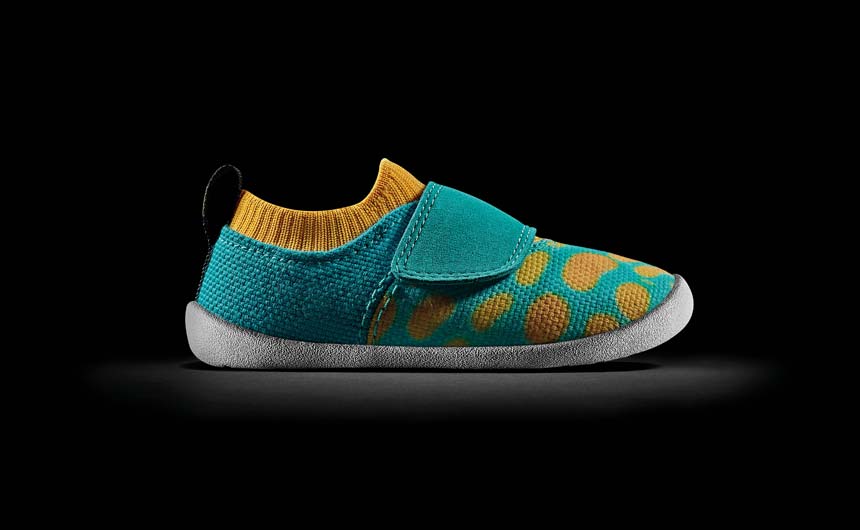
They also have a strong eco-stance, which is why the official consumer launch is on April 22 – World Earth Day.
The benefits of the partnership operate on two levels according to Rosie: “It has inspired some incredible products we might never have made alone but it also offers some great USPs in terms of messaging. On the one hand it gives us permission to talk about topics like sustainability with real authenticity, but it also acts as an amplifier for some of the messages that position the Clarks Kids brand around curiosity, hope and discovery.”
With that in mind, of the 26 styles, 16 are made from 100% recycled plastic bottles and all of the packaging is made using 95% recycled materials and printed with soya bean ink. In addition, the messaging about the wider environment is incredibly strong. The National Geographic Photo Ark uses the power of photography to inspire people to help save species at risk before it’s too late and each pair of shoes bears Joel’s hashtag #savetogether. The packaging and swing tags will bear photography and ‘did you know’ facts about the animals, but this will also be replicated at point of sale.
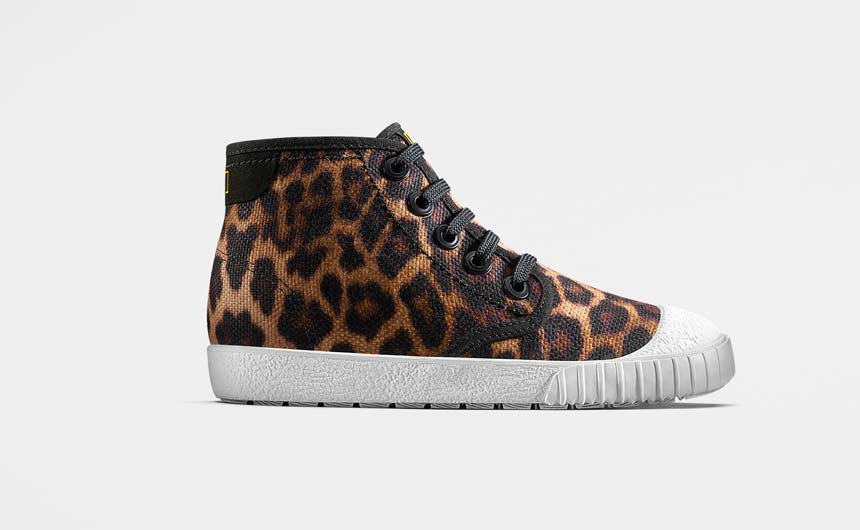
“The shoe plinths will tell stories about the animals and each one will have a QR code which you can scan to learn more about the animal,” adds Helena. “There will even be an app which you can download for free with animal related games where, for example, as you hover a tablet over the player’s feet, they turn into the feet of the animal as you play the game.”
Rosie is incredibly proud of how so much of the innovation work on this project is connected to materials. “We’ve used it as a platform to introduce canvases that use recycled plastic content as well as exploring materials that respond to light – inspired by biomimicry and the way animals survive in their environments,” she says. “It’s all underpinned by the idea of discovery – so every product has a bit of a story and secret features that the consumer will discover.”
As for the launch, Rosie promises that it will also have a twist: “We’ve been working closely with the National Geographic team to build a plan that optimises both Clarks and National Geographic channels. Using the Photo Ark as the backdrop allows our message to be quite focused and clear. Along with traditional assets we’re keen to find ways to engage consumers with the brands and the Photo Ark mission so we’ve been exploring games and more interactive tools too.”
The team are already in planning for the 2020 launch with details still firmly under wraps, although Helena reveals that it will look at children and explorers.
This feature originally appeared in the spring 2019 edition of Licensing Source Book. To read the full publication, click on this link.












